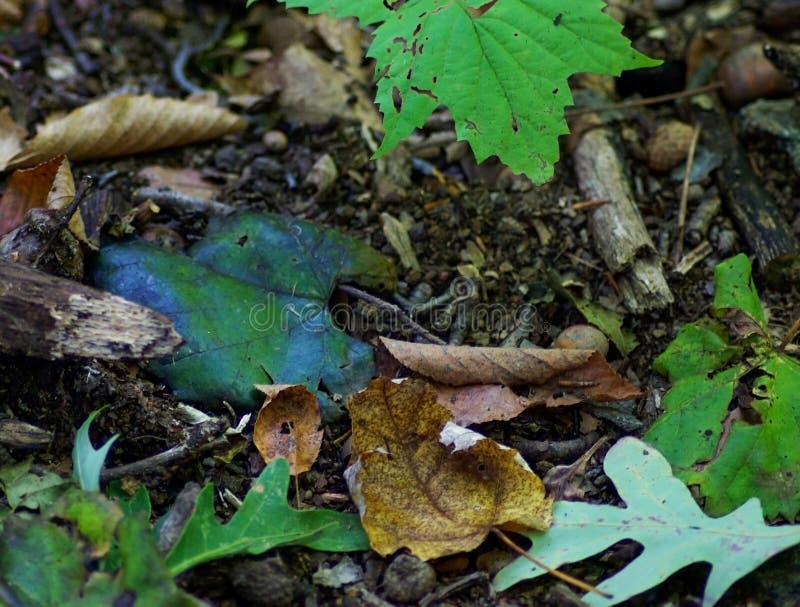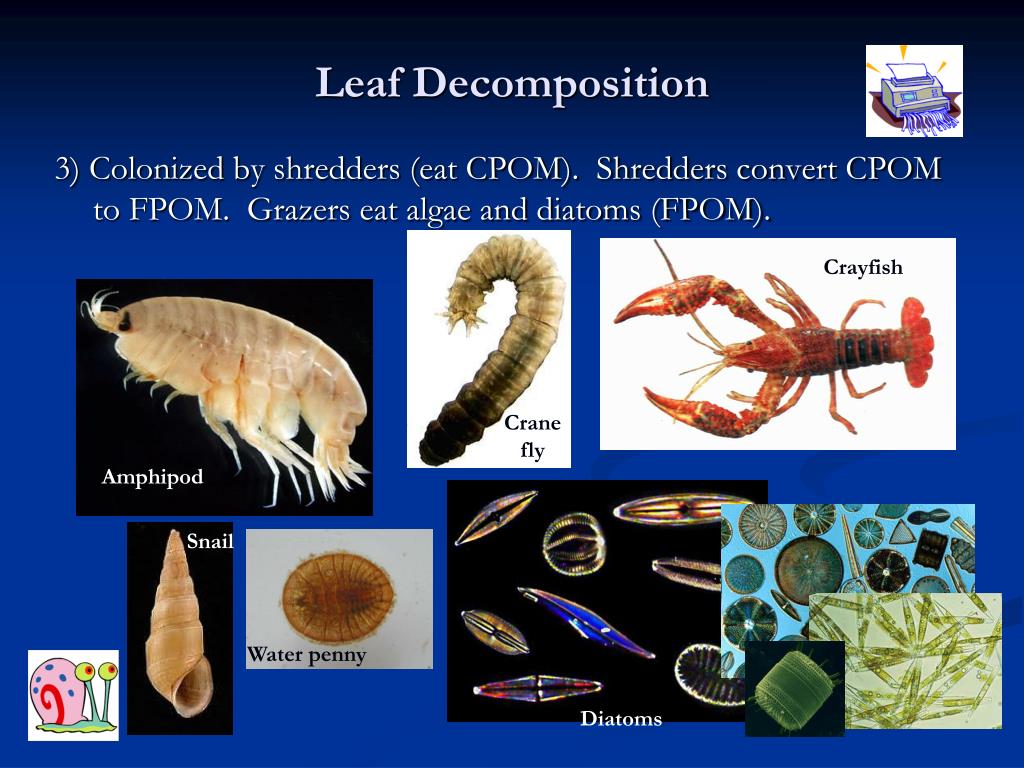
One of the best new tools we've come across recently is fantastic for clearing Autumn leaves. Check the bags every now and then,give them a shake up and add a little water if dry. Tie up the tops and then poke a few holes in the side with your garden fork to allow the air to circulate. Simply fill black plastic bags with moist leaves. Products used to build a leaf mesh bin are:Ĥ x Wooden tree stakes. The mesh bin also has the advantage over the bag that worms will work their way up through the pile as it rots which also helps the process. If you have one of those marvelous garden vacuum mulchers that suck up leaves and chop them, you will find the leaves rot down much more quickly. You will find the pile reduces by two thirds at least, so keep filling the bin as more leaves fall. Pile in the leaves and leave them alone for a year. A 3 foot square bin is minimum but if you have the room a larger bin will be more useful as leaves are bulky and take up a lot of space. Making a cage is very simple to do, you just drive four stakes into the ground and staple chicken netting around to make the cage. You can watch Niall (with help from his dogs) making a leafmould cage in our short video above where he also uses the 'Golden Gark' leaf rake. Personally I don't like having the black plastic bags hanging around the place so prefer the mesh method though I do find the leaves break down quicker in the bags. The best way of composting leaves and making leaf mould is to either make a mesh basket or store them in black plastic sacks. Ideally your mix should be 80% leaves and 20% grass which given the slow lawn growth at this time of year should be about right. The leaves will be shopped which makes them break down quicker but will also be mixed with grass clippings which will give you a good carbon (leaves) and nitrogen (grass) mix. You can add leaves to the compost heap but as above you need to get your carbon-nitrogen ratio right or they will take too long to break down.Ī handy method at this time of year is to run the mower over any leaves on your lawn and empty the contents into the compost bin. Open weave hessian leaf collecting sacks are ideal as the air circulation allows the leaves to break down while looking far prettier than a load of blackbags! Leaves are high in carbon but will have lost most of their nitrogen when you collect them so will slow down compost if you add too many.Ĭollect leaves for the compost heap in Autumn for adding to your compost the following year when brown material can be hard to come by. Potting compost - Mix equal parts well rotted leafmould, sharp sand, loam and garden compost.īrown or carbon ingredient for home compostĪ stock of decomposing leaves are handy to have around to add as the brown or carbon part of your compost.

Seed sowing mix - Use leafmould on its own, or mixed with equal parts sharp sand and garden compost. Leafmould that has broken down completely to a compost like consistency it can be used in place of peat as a seed or potting mix.

We recommend adding leafmould as a mulch to your beds rather than digging it in, let the worms do the work of mixing it in for you and keep the structure of your soil intact.

Leafmould can also hold up to 500 times its own weight in water so is also excellent for improving the moisture retaining qualities of your soil. Well rotted leafmould also stimulates microbial activity in the soil which in turn releases nitrogen and other nutrients to roots of your plants. Soil with good quantities of leafmould added is 20% less dense than soil without which makes it easier for plant roots to penetrate and take up nutrients. Leafmould is an excellent soil improver and can be added to your garden soil to make it easier for plant roots to penetrate. Digging raw leaves into the garden is not a good idea as the nitrogen needed to break them down will compete with the nitrogen needs of your crops. Leaves take a long time to decompose because they are high in carbon and low in nitrogen so good crumbly leafmould will take about 2 years to make. Leafmould is a the dark, crumbly material left when leaves rot down. Making leaf mould is easy and needs only 3 ingredients - leaves, moisture and time so has the added advantage of being completely free. Autumn leaves are a valuable resource for the vegetable gardener as they when rotted they make an excellent mulch, soil improver or compost mix.


 0 kommentar(er)
0 kommentar(er)
